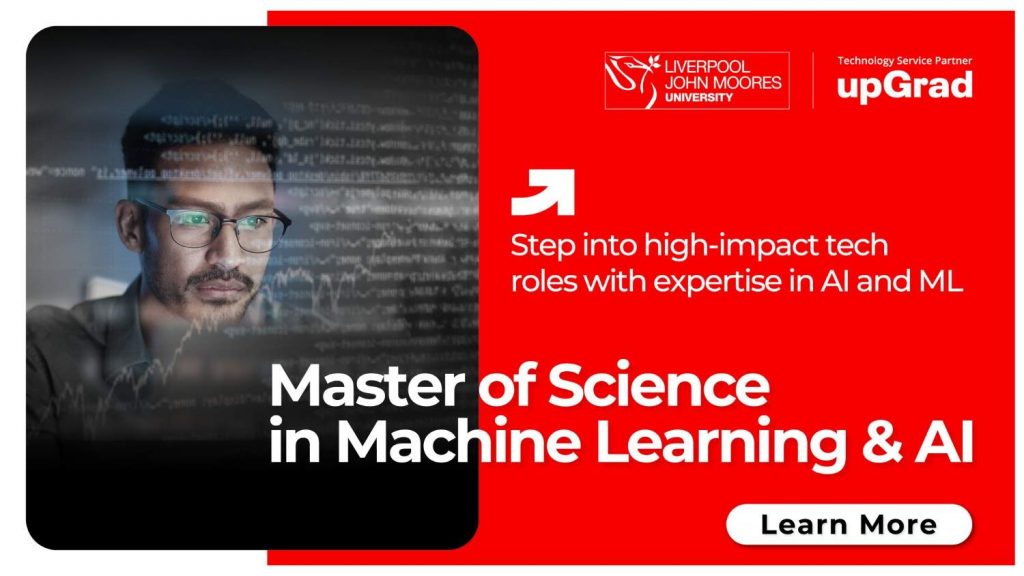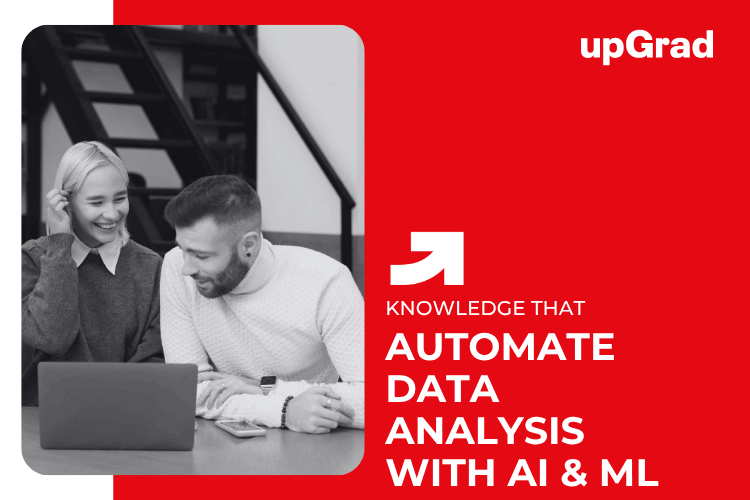The data-driven economy of Singapore has experienced significant growth recently, and the digital economy has consistently been a major contributor to the country’s economy. Factors such as digital transformation, government initiatives that support data analytics, and talent development have been the biggest drivers of the growth. Experts anticipate that by 2025, the data analytics industry in Singapore will be worth over SGD 1 billion, driven by the increasing demand for these professionals across various sectors.
Thanks to the growing data volume in the country, there is a greater need for data professionals who are skilled in using AI and ML to automate data analysis. Such automation enhances efficiency and enables organizations to make more informed decisions. The relevance of these professionals can be further gauged from the fact that they are paid respectable salaries, such as an average monthly base pay of SGD 5,000, a figure that can increase with the growth of Singapore’s thriving digital economy.
In this blog, we will talk about how to automate data analysis and also highlight the key benefits of such methods.
Source: SIFT and Glassdoor
Take your skills to the next level — Explore Data Science Course
How to Automate Data Analysis Using AI and Machine Learning
Professionals attempting to analyse data by using machine learning and AI need to focus on areas such as automating the following data tasks:
- Collection
- Cleaning
- Preparation
- Analysis
- Reporting
They also need to have a clear idea of how AI analyses data.
| Important Tasks | Technologies or Tools |
|
|
Also Read: How to Find a Data Science Mentor in Singapore
Data Collection and Integration
The most critical factors in data collection and integration are automating data ingestion and real-time data analysis. Students can use pipelines and tools to automatically gather data from various sources, including databases, web scraping, and APIs.
Data Cleaning and Preparation
Data cleaning and preparation are crucial steps in the process of automating data analysis. The most critical points in this context are automated data cleaning and data transformation. Students can use AI to automate tasks such as identifying outliers and removing them, normalising data, and handling missing values.
Analysis and Modelling
The most critical components of data analysis and modelling are machine learning algorithms, automated feature engineering, automated model selection, and prescriptive and predictive modelling. Students can implement various machine learning algorithms for analysing data and identifying patterns, such as clustering, classification, and regression.

Reporting and Visualisation
Knowledge and understanding of data reporting and visualisation are essential for students who want to learn how to automate data analysis using AI and ML. The most important parts of this work are data visualisation tools and automated reporting. Students can use AI to generate visualisations and reports that make data insights actionable and accessible.
Continued Monitoring and Improvement
Continued monitoring and improvement are essential for executing data analysis properly using AI and ML. The most crucial aspects here are feedback loops and automated model evaluation. Students can use AI to continuously monitor and evaluate the performance of machine learning models, thereby identifying areas for further improvement.
Read Also: Data Science Bootcamps in Singapore: Are They Worth It? A Cost-Benefit Analysis
Key Benefits and Use Cases of AI-Driven Data Analysis
There are several benefits of automating data analysis using artificial intelligence. For starters, it contributes to more accurate and faster insights, enabling the identification of anomalies and patterns that people would otherwise miss and enhancing decision-making. These benefits contribute to increased efficiency, enhanced competitive advantage, and greater cost savings.
Such data analysis finds application in various sectors, such as:
- Retail
- Finance
- Healthcare
- Manufacturing
- Marketing
- Transportation
- Supply Chain Management
- Customer Service
- Human Resources
- Energy
In retail, AI helps with demand forecasting, personalised recommendations, inventory management, and customer segmentation. In finance, it helps with fraud detection, risk assessment, algorithmic trading, and customer behaviour analysis.
Also Read: Data Science vs. Machine Learning Engineer: Which Career is Right for You
Master AI-Driven Data Analysis through upGrad
The data science and analytics courses offered through upGrad are the best options for students looking to learn automation analysis and related skills. These online courses, provided by leading universities worldwide, can help individuals enhance their data skills and become experts in the field. The curricula of these programs incorporate the latest topics, such as generative artificial intelligence.
- Executive Diploma in Data Science and AI, IIIT Bangalore
- Post Graduate Certificate in Data Science & AI (Executive), IIIT Bangalore
For more information on these programs, please email query@upgrad.com or call +65-6232-6730.
FAQs On How to Use AI & Machine Learning to Automate Data Analysis
Q: How to use AI for data analysis?
Ans: To use AI for data analysis, one must begin with data collection and preparation, and then use AI-powered tools for visualisation and analysis.
Q: Can machine learning be used for data analysis?
Ans: Yes, machine learning is a strong enough tool to be used for data analysis, and it can significantly improve the process of extracting insights and making predictions based on data.
Q: Can AI replace a data analyst?
AI will never replace data analysts – rather, it will enhance their roles significantly and also change the way that they work.
Q: Can ChatGPT perform data analysis?
Ans: Yes, one can indeed use ChatGPT for data analysis especially thanks to its Advanced Data Analysis feature – they also need to use natural language prompts over here to use it better.
Q: Which AI tool is best for data analytics?
Ans: There is no definitively best AI tool for data analytics – the optimal choice in this case depends on the specific goals and needs of the users.








